The number of litchi trees, a delicious seasonal fruit, is steadily growing, raising hopes for a bountiful crop since many farmers in the area, particularly in the large Barind tract, have had success in recent years.
The favourable environment this year is expected to produce a bumper crop of fruit, according to farmers and specialists in agriculture and fruit.
Green delicate litchis have already developed, giving the tree branches a new look, and litchi producers are having a very busy time tending to the trees and orchards.
Hundreds of litchi trees can be found close to residents' courtyards or homesteads. Many types of litchi are being grown, including the high-yield variants of China-3, Bombay, and Madrazi.
Deputy Director of the Department of Agricultural Extension (DAE), Mozder Hossain, reported that this year's litchi crop was grown on 530 hectares of land, as opposed to 525 hectares the previous year.
The native litchi varieties will begin to appear in the markets by the end of this month, according to Dr. Alim Uddin, a retired chief scientific officer of Fruit Research Station, who spoke with journalists about this.
However, the Bombay variation should hit the shelves by the middle of the next month.
According to Alim, the most popular types in the area are China-3 (hybrid), Bombay, and Madrazi since the district's upazilas of Paba, Godagari, Charghat, Bagmara, Bagha, Puthia, and Durgapur are renowned for their high-quality litchis.
Commercial litchi growing has begun in the city's Raipara, Bulanpur, Chhotobongram, and Katakhali regions, according to Abdur Razzaque of Kapasia Village.
Additionally, he mentioned that the district's upazilas of Baghmara, Durgapur, Puthia, Paba, and Godagari also cultivate litchi.
The schoolteacher Abul Hashem claimed that on two bighas of land, he planted forty litchi trees last year and sold litchis for Taka 250,000.
According to him, a five-year-old tree may provide between 100 and 150 kg of litchis, or 2,000 to 6,000 pieces.
The majority of the households of Bargachhi, Bagsara, Charghat, and Bagha have grown financially stable as a result of growing the fruit.By spraying medications, local farmers claimed to be providing excellent care for their litchi plants.
However, according to Hossain, the main hazards and adversaries of the cash crop include insects like pod-borers, rainless weather, nor'westers, storms, and hailstorms.
Around 100 litchi orchards, including the Barind tract, may be found in the area. In addition, homesteads are cultivating high-producing varieties of litchis, such as China-3, Bombay, and Madrazi.
Growing litchi has helped a lot of individuals become self-sufficient in recent years, according to DAE Additional Director Mahmudul Faruque.
According to him, there are hundreds of litchi orchards spread across more than 1,000 hectares of land that produces enormous amounts of fruit each year that are both sent to other regions of the nation and used to fulfill local demand.
End//voice7news
A global news agency.



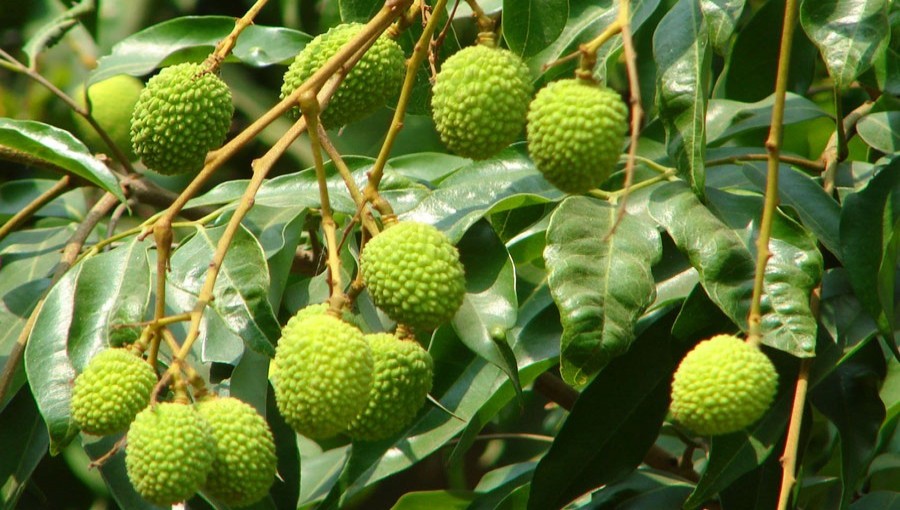
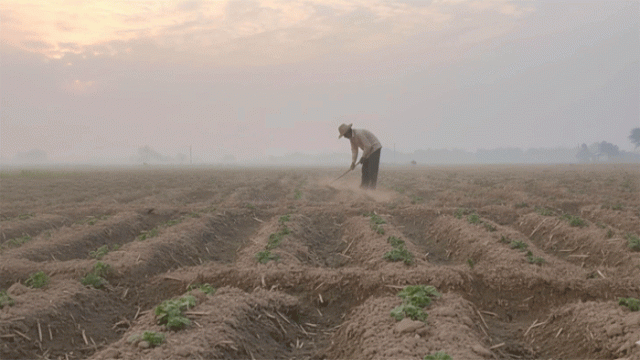
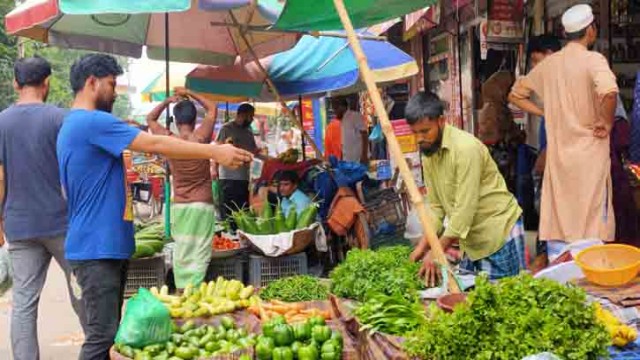
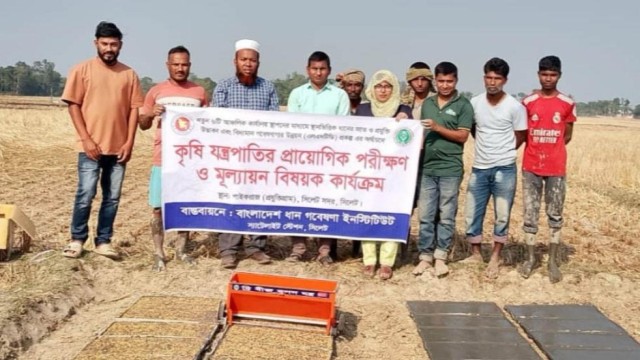
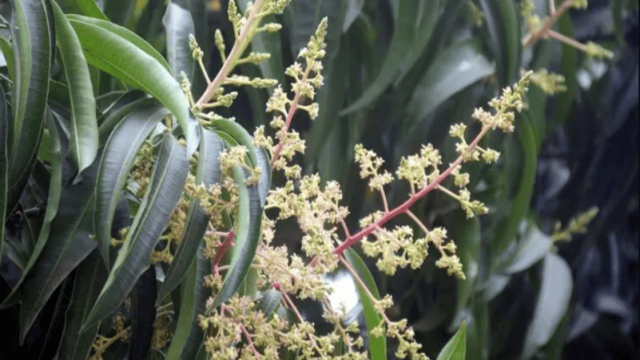
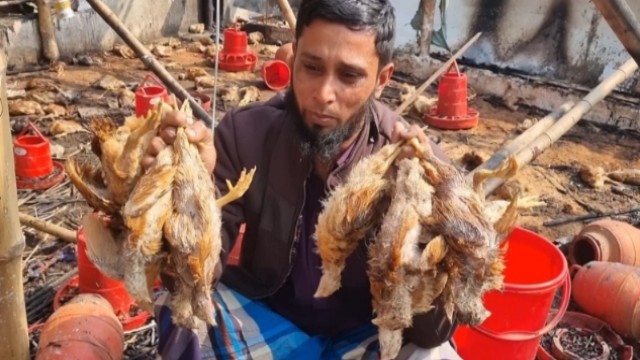
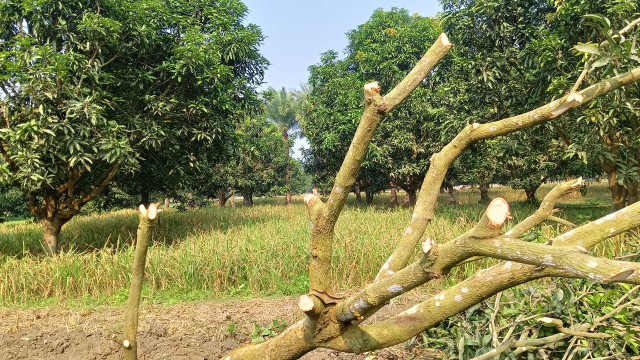





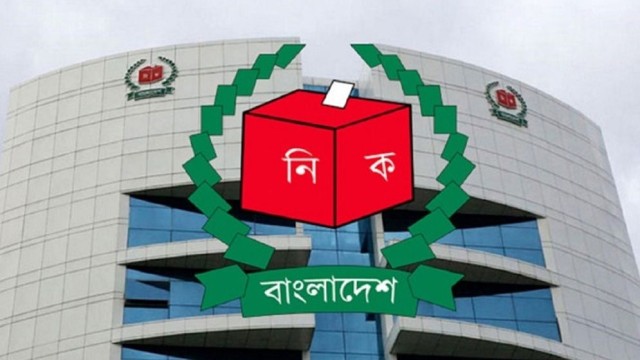









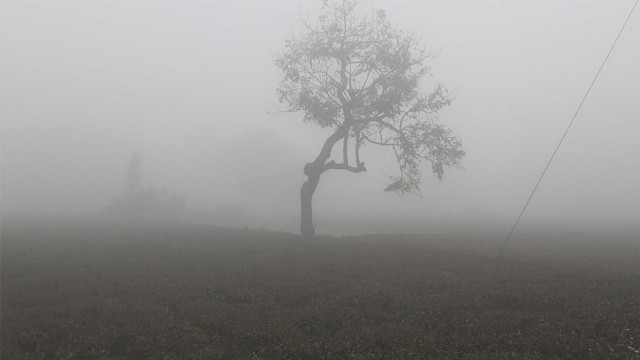



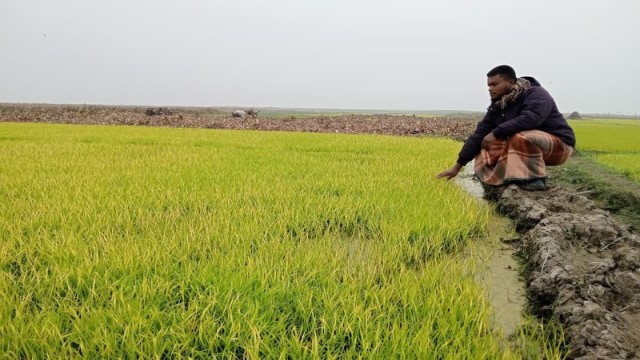

Comment: